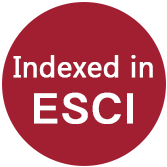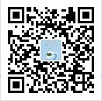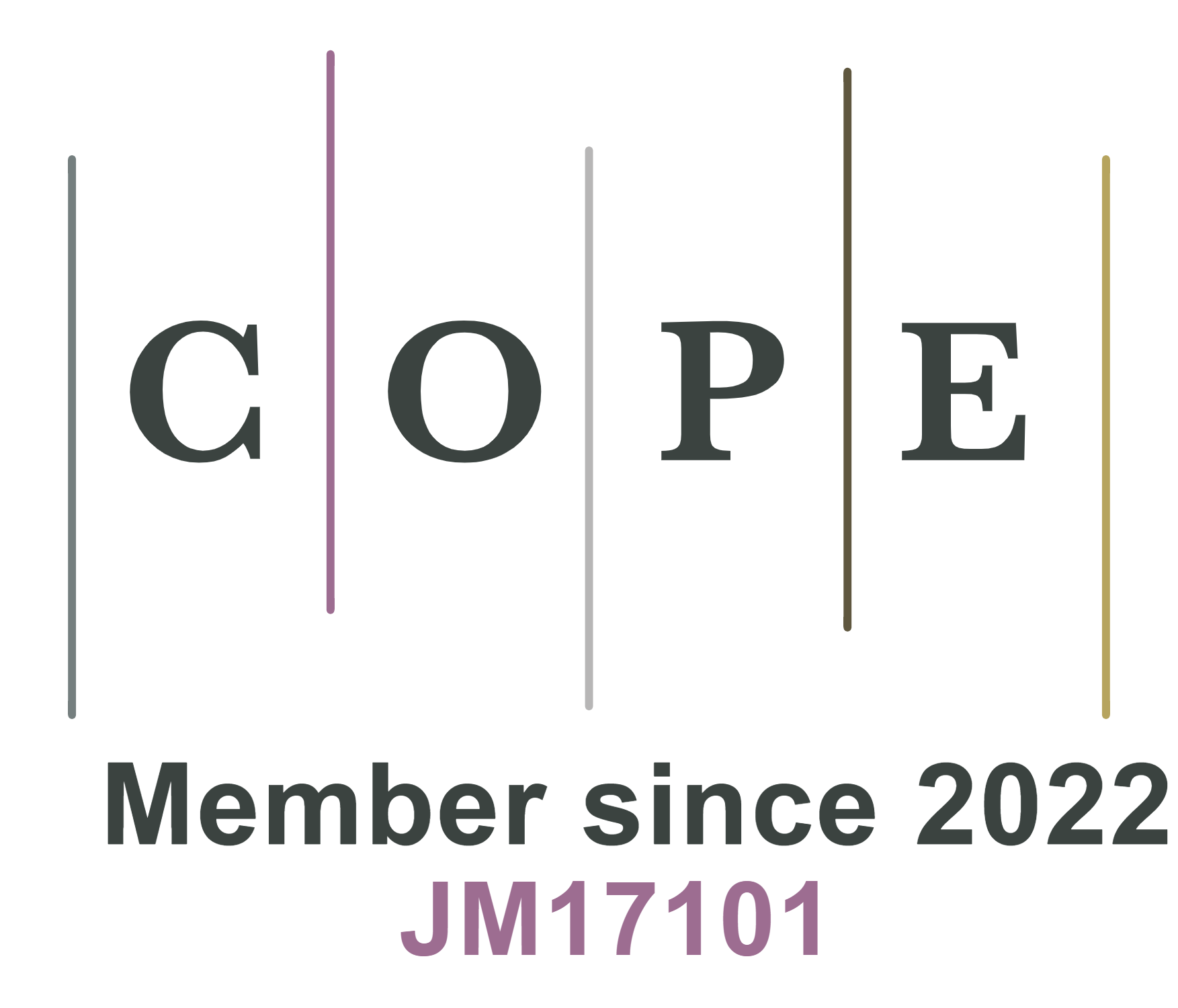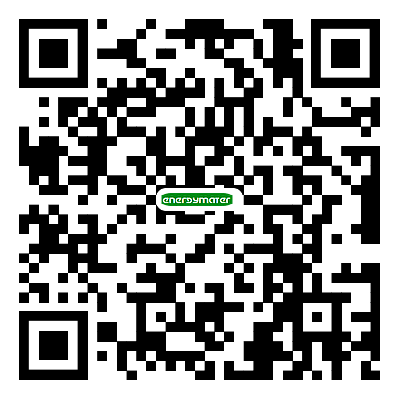Article | Open Access
Exploring the interplay of Ti–Sn co-doping in photoelectrochemical water splitting of hematite nanowires
Views: 93
Energy Mater. 2025;5:[Accepted].
Author Information
Article Notes
Cite This Article
Abstract
Photoelectrochemical (PEC) water splitting is a promising alternative for sustainable energy production, addressing the growing need for clean energy sources. Hematite is a potential semiconductor for this process due to its abundance, low cost, non-toxicity, and stability. However, bare-hematite-based PEC cells face challenges such as low photocurrent density, requiring innovative strategies to improve efficiency. This study explores the combined effects of three key approaches: enhancing crystallinity through high-temperature annealing, increasing specific surface area via nanostructuring, and improving photoanode conductivity through heteroatom doping. Hematite nanowires were synthesized using a hydrothermal method, with Ti-doping introduced during hydrothermal synthesis and subsequent Sn co-doping during an 800 ºC annealing process, which also improved crystallinity. The introduction of Ti dopant significantly increased the photocurrent density under simulated solar illumination from 0.03 mA·cm⁻² to 0.63 mA·cm⁻². Co-doping with Ti and Sn further enhanced performance to 1.27 mA·cm⁻². The research explores how heteroatom doping influences the properties of hematite and examines its interaction with high-temperature annealing. These findings are significant for advancing the design of efficient nanostructures for energy conversion applications.
Keywords
Hematite, hydrogen production, heteroatom doping, nanostructuring, photoelectrochemistry, photoanodes
Cite This Article
Fernández-Alonso FJ, Quiterio P, Vilarinho R, Araújo JP, Mendes A, Manso-Silván M, Torres-Costa V, Apolinario A, de Sousa CT. Exploring the interplay of Ti–Sn co-doping in photoelectrochemical water splitting of hematite nanowires. Energy Mater. 2025;5:[Accept]. http://dx.doi.org/10.20517/energymater.2024.108
Copyright
© The Author(s) 2025. Open Access This article is licensed under a Creative Commons Attribution 4.0 International License (https://creativecommons.org/licenses/by/4.0/), which permits unrestricted use, sharing, adaptation, distribution and reproduction in any medium or format, for any purpose, even commercially, as long as you give appropriate credit to the original author(s) and the source, provide a link to the Creative Commons license, and indicate if changes were made.














